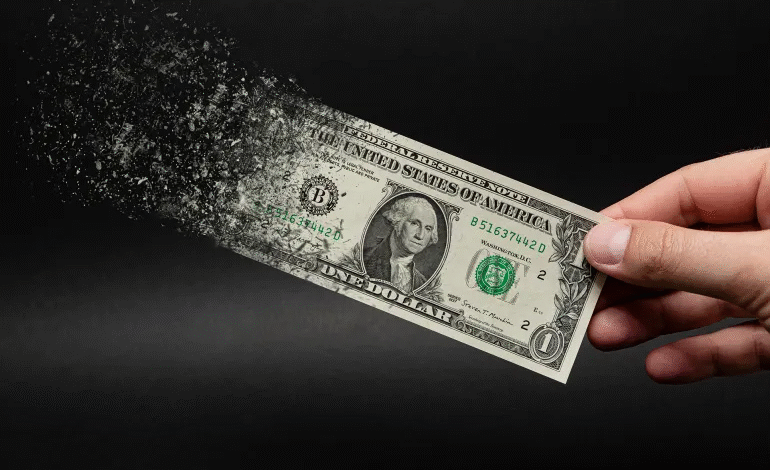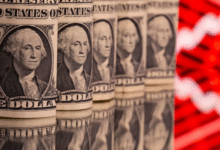US Dollar Faces Growing Pressure Amid Concerns Over Economic Institutions’ Credibility

The US dollar, along with other financial assets in the United States, is facing increasing pressure that could trigger new waves of selling, amid rising concerns over the credibility of American economic institutions, according to analysts and strategists speaking to Bloomberg.
The concerns come in the wake of the resignation of Federal Reserve Board Governor Adriana Kugler last Friday, giving President Donald Trump the opportunity to appoint a replacement at a sensitive point in the US monetary policy cycle, potentially reducing the influence of Federal Reserve Chair Jerome Powell.
Worries intensified after Trump also dismissed Bureau of Labor Statistics chief Erica McEntarfer last week, a move investors see as a direct threat to the independence of US economic data, heightening uncertainty over the future of monetary policy and weakening confidence in the dollar and related assets.
Robert Bergqvist, Chief Economist at SEB in Stockholm, said, “Unfortunately, we are witnessing serious new attempts to concentrate more power in the White House,” adding that “all of this justifies a higher risk premium on US assets.”
Dollar Decline and Expectations of Monetary Easing
Despite a slight rebound earlier last week, the dollar fell sharply on Friday against all G10 currencies after a weak jobs report missed expectations, prompting markets to anticipate a potential interest rate cut in September.
According to Bloomberg data, the broad dollar index has declined by roughly 8% since the start of the year.
Elias Haddad, strategist at Brown Brothers Harriman in London, noted that “policy-making credibility in America is increasingly threatened,” adding that Trump’s pressure on Powell and colleagues to accelerate rate cuts “undermines the Federal Reserve’s independence,” while McEntarfer’s dismissal “erodes market confidence in the reliability of US economic data.”
A “Shadow Chair” for the Fed?
Bloomberg reports that Kugler’s resignation may accelerate the timing of a new Fed chair appointment, with Trump likely to select a dovish replacement who could succeed Powell when his term ends in May. This scenario could create a so-called “shadow chair,” where markets begin to heed the guidance of Trump’s nominee more than Powell himself, seeing the nominee as the effective future governor.
Strategist Mark Codmore added, “There is no positive way to interpret Trump’s decision to fire the BLS chief. Either past data were distorted, as he claims, or they were reliable and are now politicized. In either case, future data are questionable and warrant a higher risk premium.”
Potential Fed Candidates and Market Concerns
Derek Halpenny, Head of Global Markets Research at MUFG in London, noted that Kevin Hassett, Director of the National Economic Council, would be “the worst possible choice for the US dollar” due to his close ties to Trump, while Treasury Secretary Janet Yellen’s choice would also be negative, though to a lesser extent.
Candidates likely to be better received by markets include former Fed governors Kevin Warsh, and current governors Christopher Waller and Michelle Bowman, given their experience within the Federal Reserve system.
Halpenny said, “Until the next nominee is announced, demand for the dollar will remain limited,” noting that the dollar barely moved on Monday following Friday’s heavy losses.
Dual Impact on US Deficit Financing
Deutsche Bank, led by Jim Reid, warned that replacing both a Fed board member and the BLS chief could negatively affect the ease of financing America’s twin deficits (budget and current account) and may hinder the recovery of long-term bonds “unless a significant economic slowdown occurs.”
Trump stated on Sunday that he intends to announce his nominees to replace Kugler and McEntarfer in the coming days, a move that could be pivotal in shaping the relationship between the presidency and US economic institutions.








